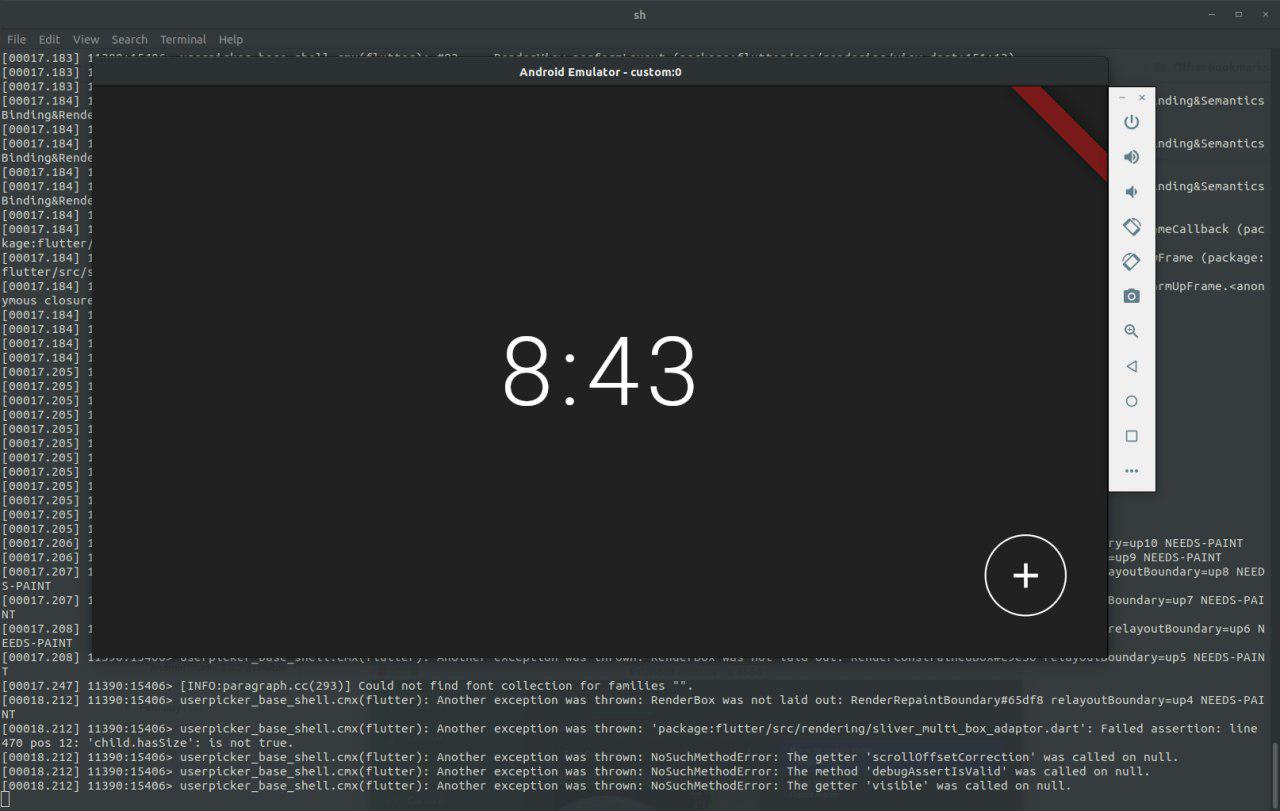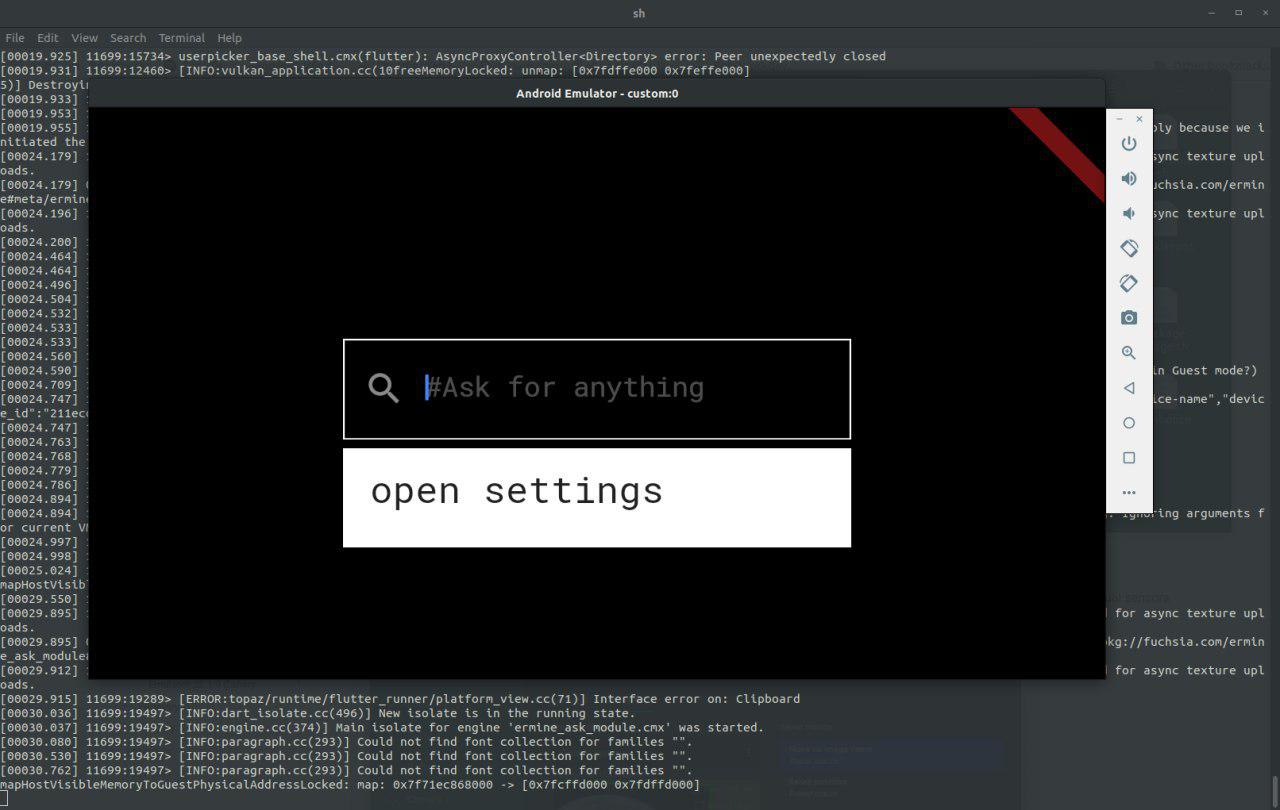The past few months have been flooded with Fuchsia-related reports. If you haven’t been following all the developments closely, you can take a look at our Fuchsia coverage on Fossbytes and stay updated. It’s an open source operating system being developed by Google and there are chances that it might replace Linux-powered Android and Chrome OS in the future.
Google’s annual developer conference I/O is just around the corner, but I don’t expect the company to go ahead and make Fuchsia official. Even though its pace of development is fast, a lot of work needs to be done and Google seems to portray that it’s currently only focused on Android and Chrome OS.
How To Run Fuchsia in Android Studio?
In case you’re willing to do some heavy-lifting and follow some instructions carefully, you can run Fuchsia OS in Android Studio’s emulator. The instructions for doing the same have been published online by two developers r3pwn and Horus125, as reported by XDA-Developers.
To get started with the process, you need to have Android Emulator 29.0.6 or later and git installed on your computer. You’d also need to properly configure Vulkan drivers for your GPU. It goes without saying that you’d also need a copy of the Fuchsia source tree.
The next steps, as described by the developers on their blog, involve merging some unmerged commits by running a few commands, cloning a part of ASOP, and finally running the build command.
Further, developers have modified Fuchsia to add support for Android Emulator and created a compatible Fuchsia version in that process. You can follow their blog post on how to run Fuchsia for the complete set of steps that you need to perform. The developers have also promised to update their guide as things change.

The end result won’t turn out to be all colorful with pinkish UI and it seems like a lot of work still needs to be done to produce a full-fledged Fuchsia operating system running on your PC. However, you get a feel of the UI elements, settings, windows, and other components.

What are your thoughts on the open source Fuchsia OS and its future in a smartphone world dominated by Linux-powered Android? Share your views in the comments section and keep reading Fossbytes.










